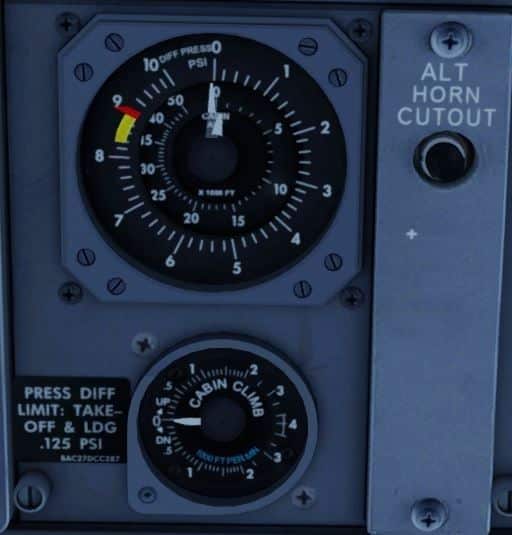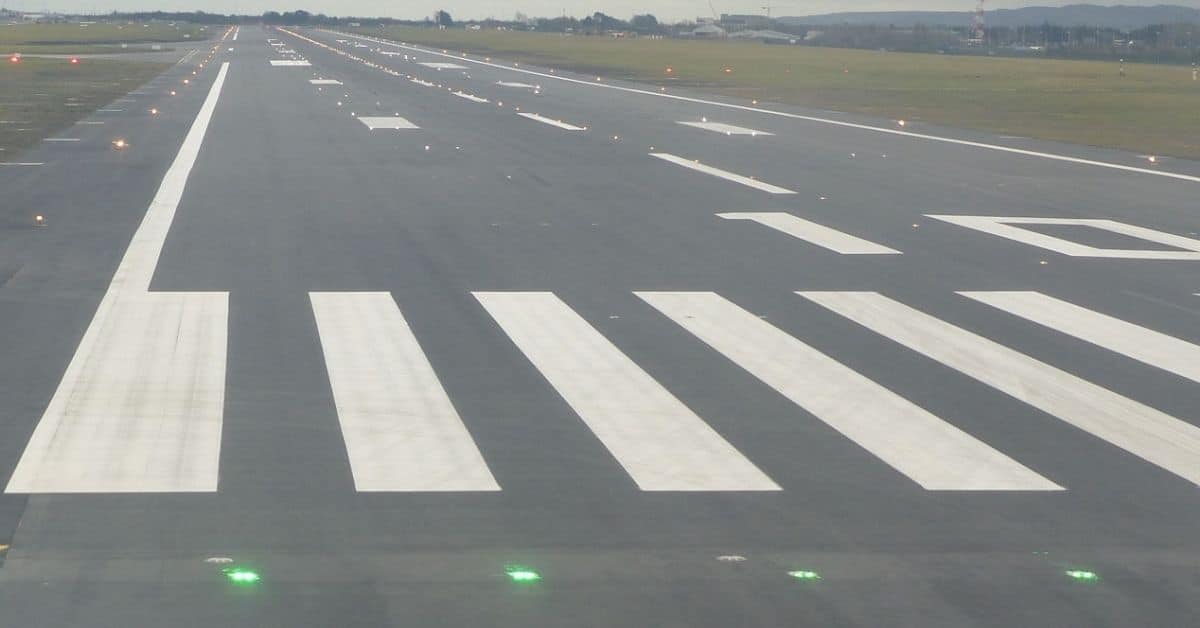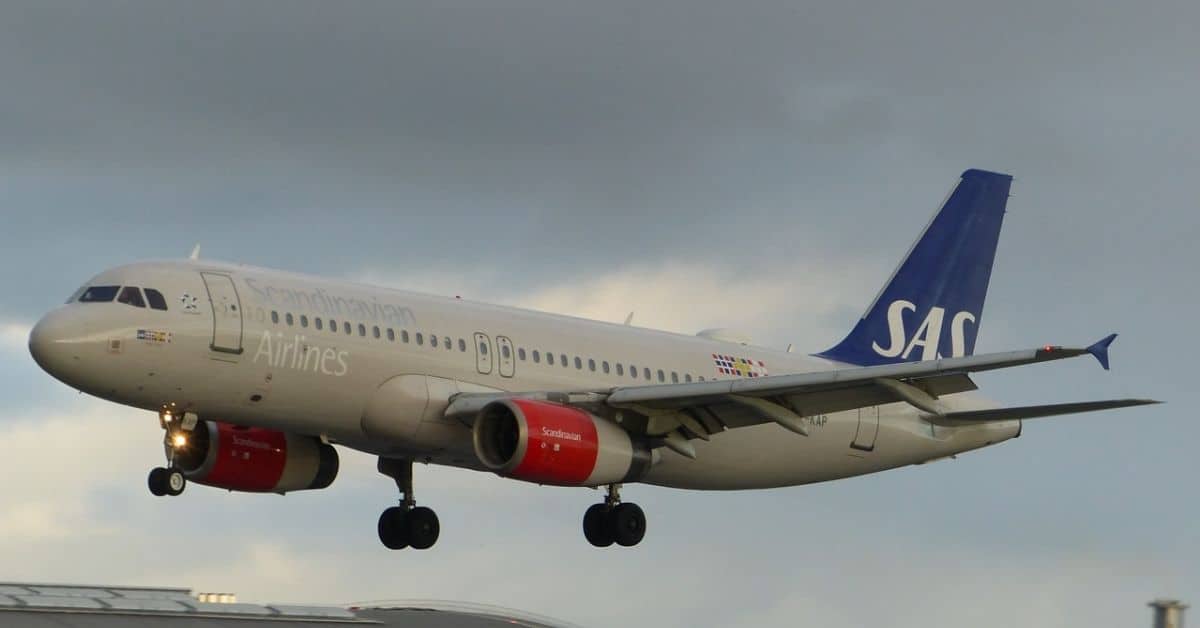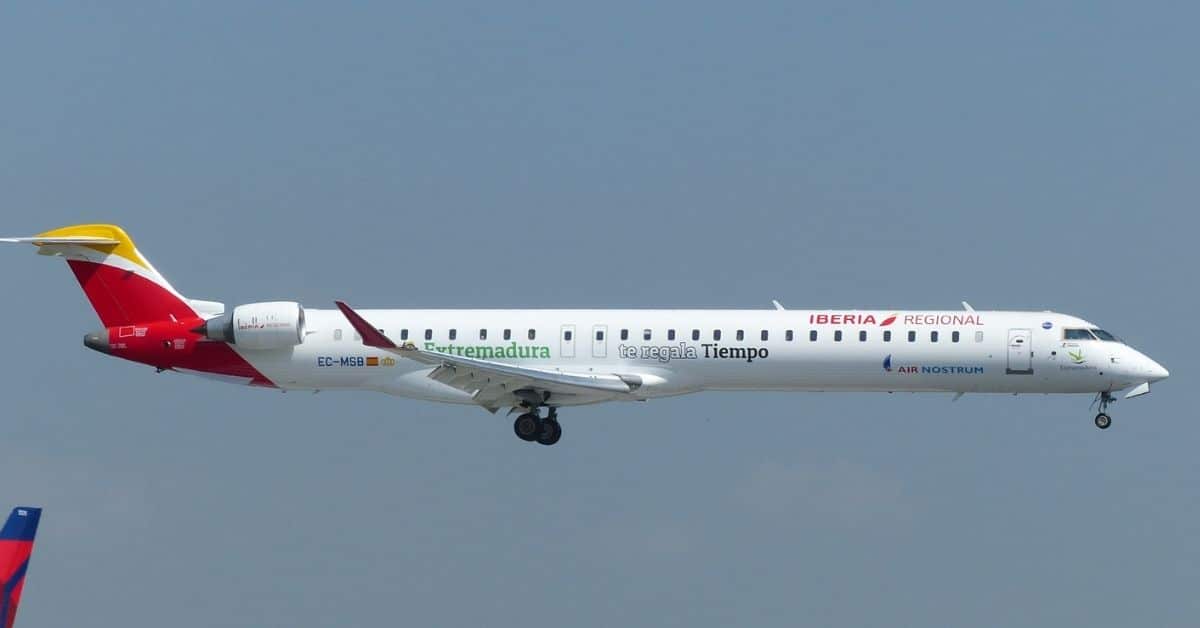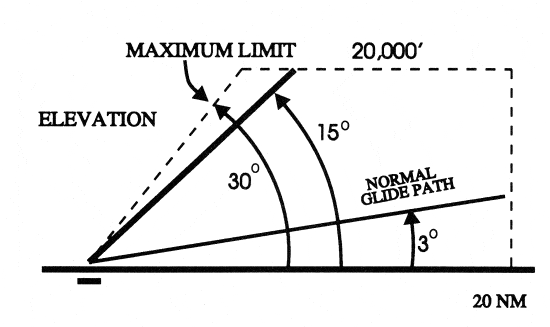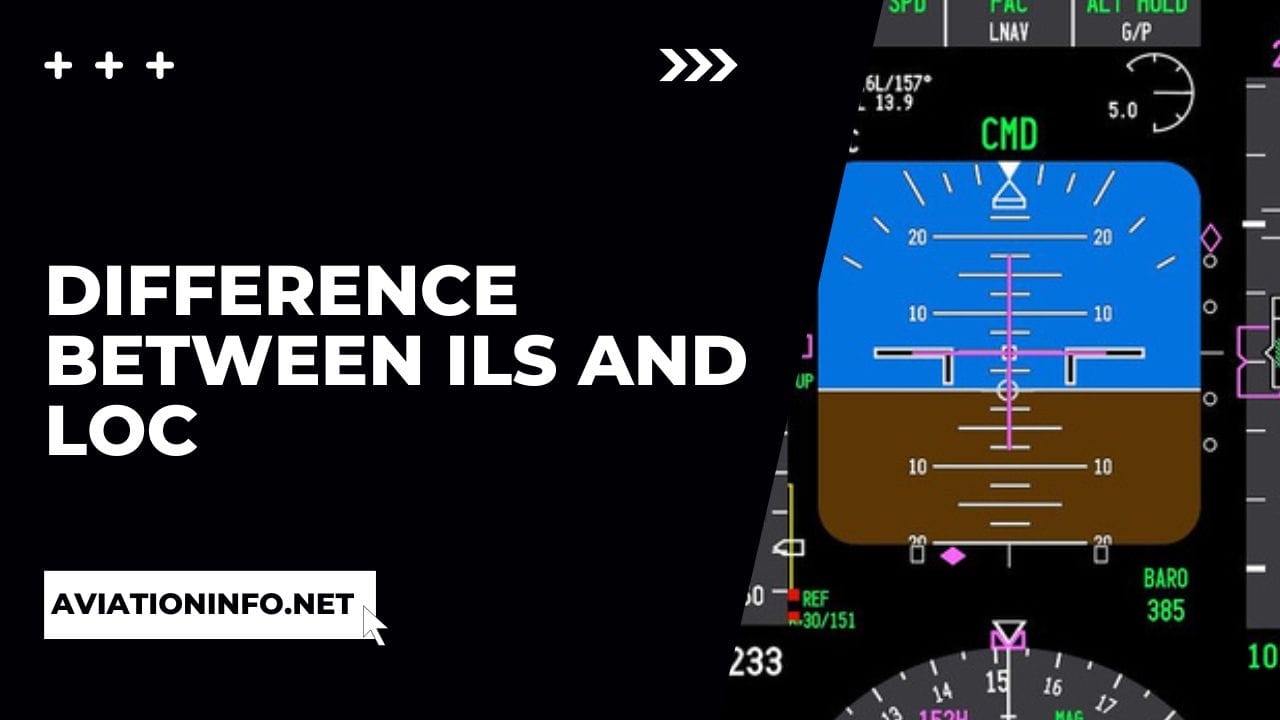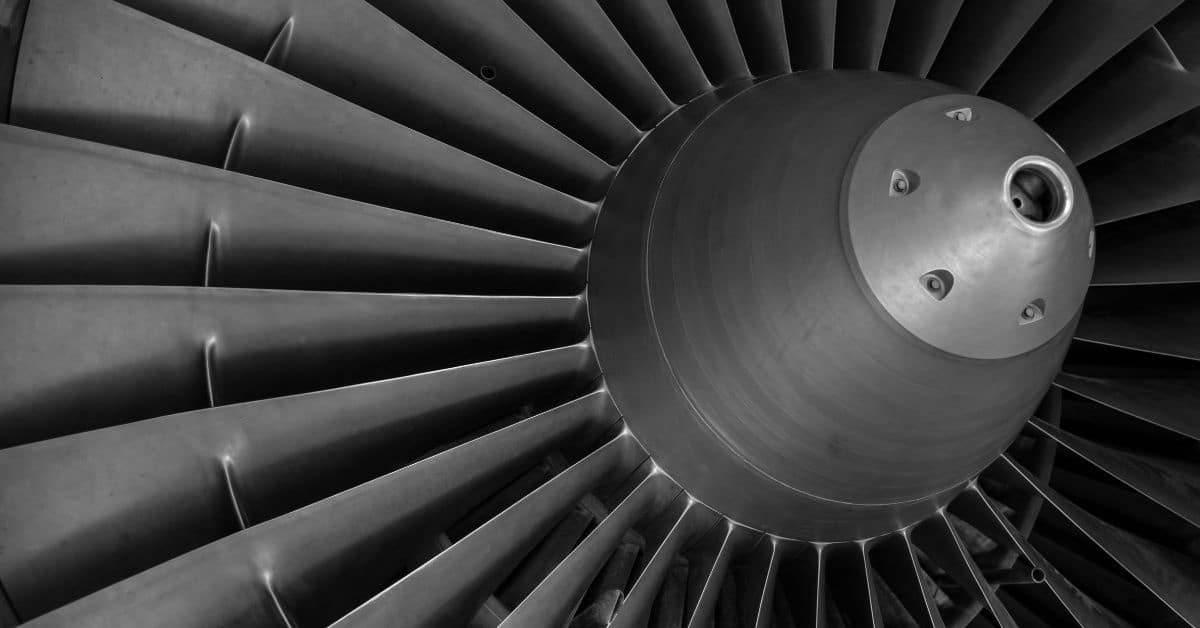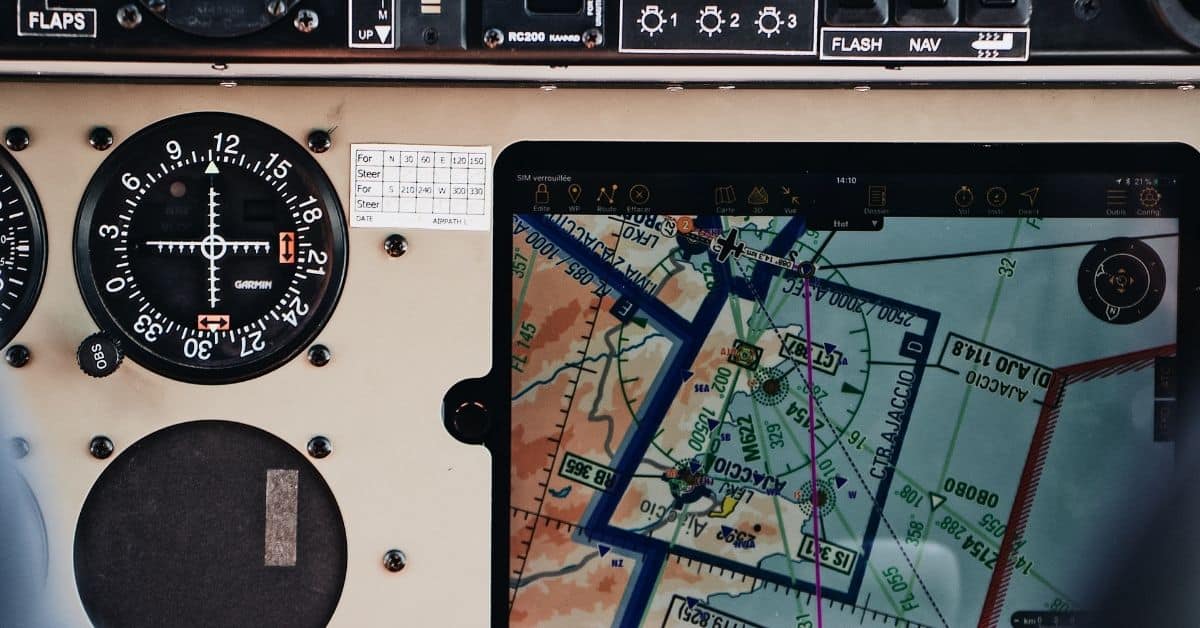Airbus Detents and Autothrust (A/THR) System
From the A320 series onwards, the throttle and power setting system on Airbus aircraft is designed to maximize efficiency, safety, and fuel economy. This is achieved via an intricate computer-based management autothrust system (A/THR) integrated in line with the Airbus Fly By Wire (FBW) system. Airbus Autothrust (A/THR) System As part of this systems architecture, … Read more
